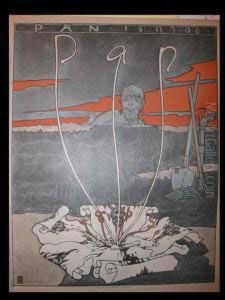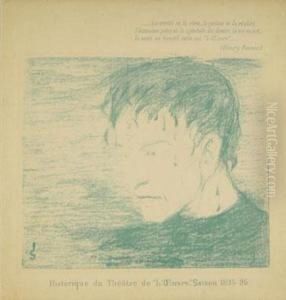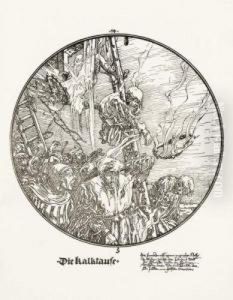Josef Sattler Paintings
Josef Sattler was a German artist, born in 1867 in Schweinfurt, Bavaria. He was a multifaceted figure in the art world, known for his work as a painter, graphic artist, and illustrator, as well as for his contributions to the Art Nouveau movement in Germany. Sattler's career was marked by a distinctive style that combined elements of traditional German art with the innovative, swirling lines and forms characteristic of Art Nouveau or Jugendstil, as it was known in Germany.
Educated at the Academy of Fine Arts, Munich, Sattler was influenced by the Symbolist movement and the works of contemporaneous artists like Aubrey Beardsley. His art frequently explored themes of mythology, nature, and the fantastical, imbued with a sense of mysticism and often tinged with a satirical edge. Sattler was not just a creator of static images; he was deeply involved in the applied arts, contributing to book design, magazine covers, and even the creation of fonts, thus embodying the Art Nouveau ideal of bringing art into everyday life.
One of Sattler’s most significant contributions was his role in the revival of the art of ex libris design in Germany. These small, personalized bookplates became a major canvas for Sattler, through which he expressed both his artistic vision and his humor. His designs often featured intricate details, harmonious compositions, and a masterful use of line, making him a sought-after artist in this specialized field.
Despite his artistic achievements, Josef Sattler remained somewhat on the periphery of the mainstream art world, dedicating himself to his craft rather than to the pursuit of fame. After World War I, his style slowly fell out of vogue, overshadowed by newer movements such as Expressionism and Dada. Sattler passed away in 1931, leaving behind a body of work that, though not widely recognized in its time, has come to be appreciated for its unique contribution to the Art Nouveau movement and the graphic arts in general. His legacy is that of an artist who bridged the gap between the illustrative traditions of the 19th century and the emerging modernist aesthetic of the early 20th century.


